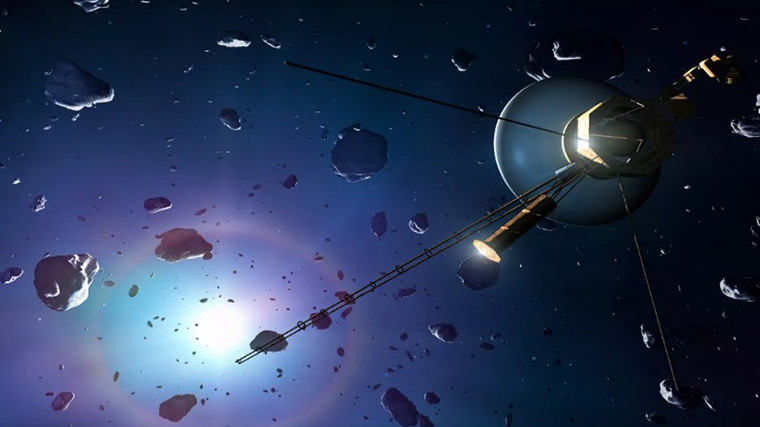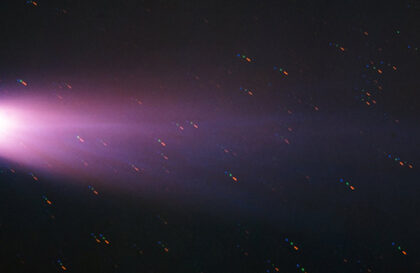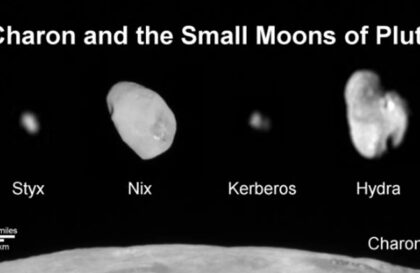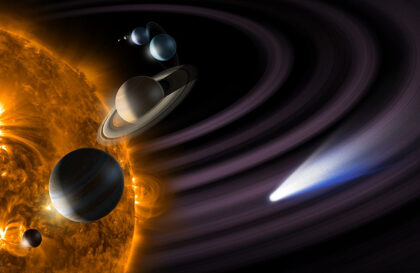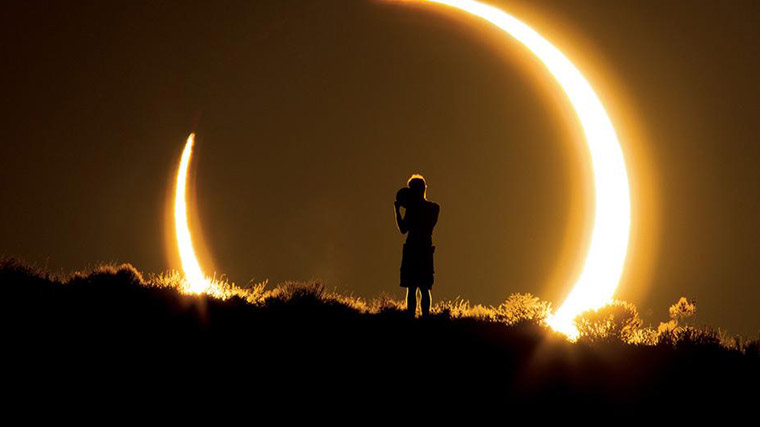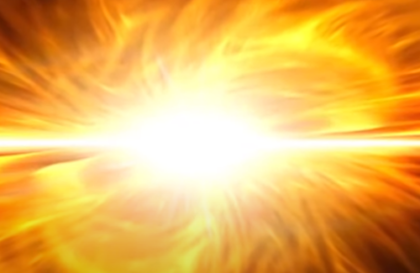Do comets come from Oort clouds?
The Oort cloud is the source of all long-period comets. Contains several trillion comet nuclei larger than about 1.3 km with an average distance between comets of several tens of millions of kilometers. The estimated total mass is 3⋅1025 kg or about five times the mass of the Earth. The vast majority of Oort cloud objects are composed of various ices formed by substances such as water, methane, ethane, carbon monoxide, and hydrogen cyanide. However, the discovery of 1996 PW, an asteroid with an orbit more typical of long-period comets, suggests that rocky objects may also be present in the Oort cloud.
What will happen to the Earth if the Oort cloud breaks off towards the center of the solar system?
Two scenarios are possible:
- If the “push” from the side of the Milky Way is not very strong, i.e. all comets will receive an initial speed of 30-70 km / s as usual, then on the distant approaches Jupiter will take the blow, tearing close-flying comets into small parts and deflecting far-flying ones. The part will be melted by the Sun and reduced in size. Something will have time to burn in the Earth’s atmosphere or decrease to a conditionally non-hazardous size. Some of the attackers will break through to the surface of the Earth.
- If the “push” is very powerful and the comets get a high initial speed, then most of them will pass through the gravitational field of Jupiter, the
Sun will not have time to scorch them and reduce their mass, and we may find ourselves in an ice trap, inside an ice ball of stubs of ice comets of the Oort cloud.
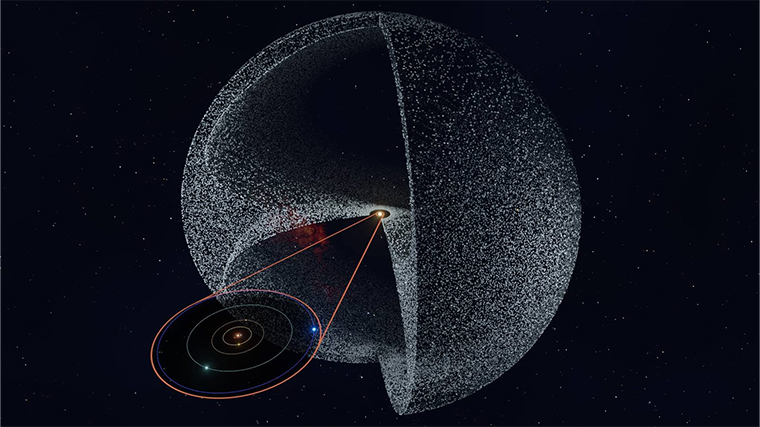
Why might this happen?
Scientists suggest that the location of most comets seen close to the Sun is due to the influence of tidal forces caused by the Milky Way – our galaxy. Just as the tidal forces of the Moon affect the Earth’s oceans, causing tides to ebb and flow, tidal forces from the galaxy bend and warp the orbits of objects in the outer solar system, pulling them toward the center of the galaxy. Inside the solar system, these effects are less significant due to the Sun’s gravity. However, in the outer regions, the influence of the Sun weakens, and the influence of the gravitational field of the Milky Way becomes more important.
Due to this influence from the Milky Way, the Oort cloud, a spherical region with comets around the solar system, is distorted. It stretches toward the center of the galaxy and contracts in other directions. These small changes can cause comets to move towards the Sun.
The boundary where the Sun’s gravitational pull gives way to the influence of galactic tidal forces is called the tidal cutoff radius. This radius is in the range of 100,000-200,000 astronomical units and marks the outer edge of the Oort cloud.
Image credit:
https://www.space.com
https://starwalk.space
